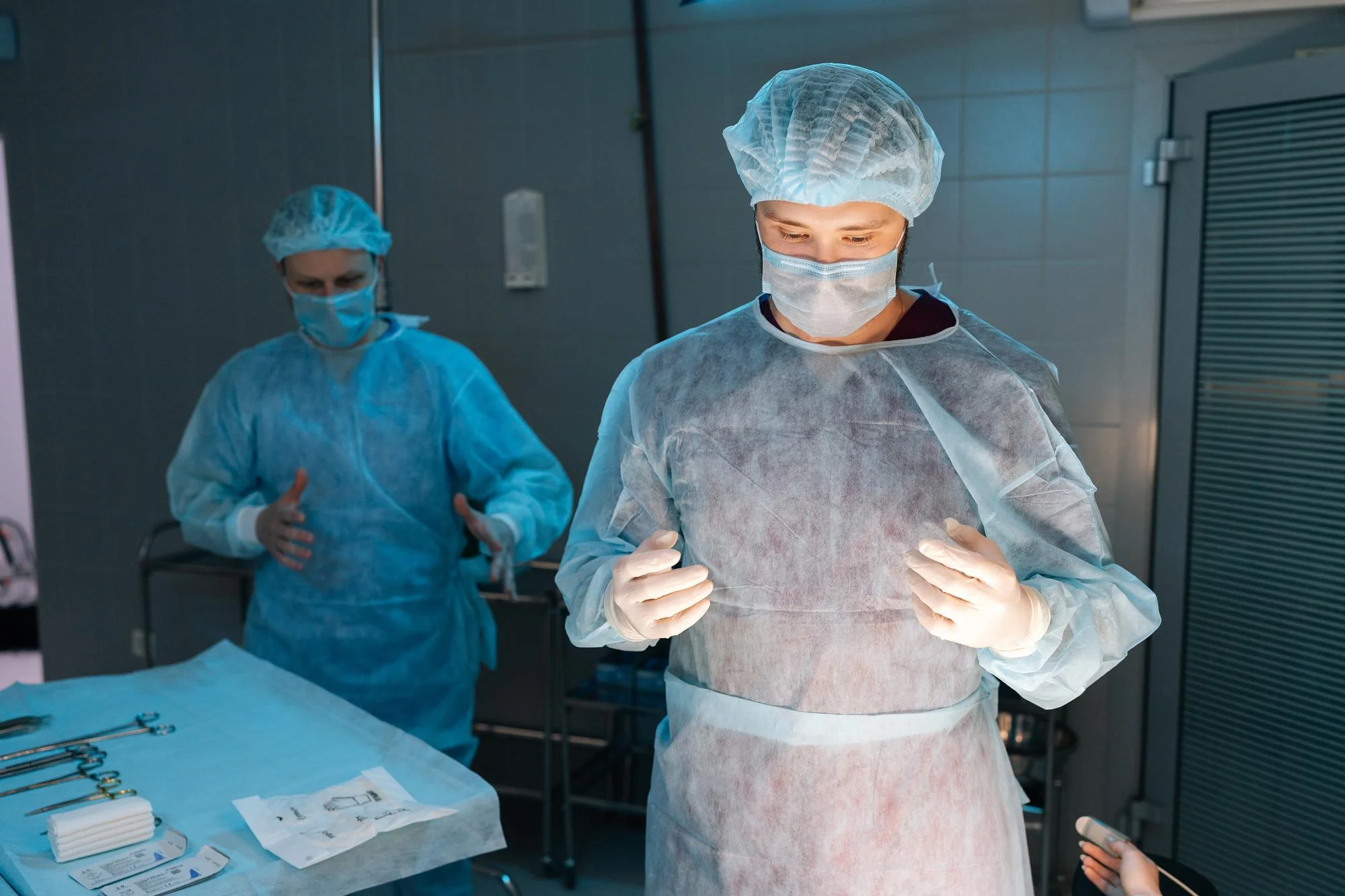Surgical Site Infection (SSI) remains a significant challenge in colorectal surgery, imposing adverse clinical outcomes and substantial economic burdens on healthcare systems. SSIs are often seen as a reflection of the quality of surgical care, with their rates being a critical metric. The work of Turner Megan C and Migaly John provides a comprehensive review of the implications of SSI after colorectal surgery, underscoring the need for effective prevention strategies and standardized protocols.
The Clinical Repercussions of SSI in Colorectal Surgery
SSIs lead to worsened postoperative outcomes, including extended hospital stays and elevated rates of hospital readmissions. These infections not only delay healing and recovery but also increase the likelihood of long-term complications such as incisional hernias and may necessitate further surgeries, which compounds the patient’s suffering and risks. Moreover, SSIs are associated with increased mortality rates, negatively impacting the lives of patients and their families.
Economic Costs of SSI
The financial impact of SSIs is staggering. They markedly drive up the costs of healthcare due to the need for additional treatments, prolonged hospitalization, and follow-up care. In fact, the studies reviewed by Turner and Migaly show that SSIs can double the cost of care for a patient undergoing colorectal surgery. Furthermore, they are implicated in the rise of healthcare expenses at a time when systems across the globe are seeking ways to reduce unnecessary spending.
Risk Factors and Prevention
While the risk factors for SSI, such as comorbidities and environmental considerations, are well known, the prevention of SSIs poses a more complex problem. Bundled prevention practices stand out as a vital approach to mitigating these risks. Such bundles combine multiple evidence-based interventions, from preoperative chlorhexidine washes and appropriate antibiotic administration to strict intraoperative sterile techniques and postoperative wound care. When executed correctly, these bundles have been shown to significantly reduce the incidence of SSIs.
Financial Incentives and Public Reputation
The presence of SSIs can also weigh heavily on the reputation of healthcare institutions. In an age where performance metrics are increasingly tied to financial incentives, healthcare providers are under pressure to maintain low SSI rates. Transparent reporting of SSI rates contributes to a more informed patient population, which, in turn, influences public perception of institutions. Those hospitals that demonstrate higher quality care through lower SSI rates may attract more patients and fare better in terms of funding and reimbursement from payers.
Future Outlook
Despite years of attention and targeted interventions, SSI rates in colorectal surgery remain substantial. This calls for ongoing multi-disciplinary efforts to keep abreast of the best practices in infection prevention and control. In doing so, it is vital to integrate new research findings and technologies into existing protocols and measure their impact through rigorous auditing and reporting processes.
Conclusion
The work by Turner Megan C and Migaly John in “Clinics in Colon and Rectal Surgery” draws much-needed attention to the significant clinical and economic impacts of SSIs in colorectal surgery. It underscores both the challenges and imperatives in addressing this avoidable complication.
References
1. de Lissovoy, G., Fraeman, K., Hutchins, V., Murphy, D., Song, D., & Vaughn, B. B. (2009). Surgical site infection: incidence and impact on hospital utilization and treatment costs. American Journal of Infection Control, 37(05), 387–397. DOI:10.1016/j.ajic.2008.12.010
2. Umscheid, C. A., Mitchell, M. D., Doshi, J. A., Agarwal, R., Williams, K., & Brennan, P. J. (2011). Estimating the proportion of healthcare-associated infections that are reasonably preventable and the related mortality and costs. Infection Control & Hospital Epidemiology, 32(02), 101–114. DOI:10.1086/657912
3. Keenan, J. E., Speicher, P. J., Thacker, J. K., Walter, M., Kuchibhatla, M., & Mantyh, C. R. (2014). The preventive surgical site infection bundle in colorectal surgery: an effective approach to surgical site infection reduction and health care cost savings. JAMA Surgery, 149(10), 1045–1052. DOI:10.1001/jamasurg.2014.346
4. Bull, A., Wilson, J., Worth, L. J., et al. (2011). A bundle of care to reduce colorectal surgical infections: an Australian experience. Journal of Hospital Infection, 78(04), 297–301. DOI:10.1016/j.jhin.2011.02.007
5. Hedrick, T. L., Heckman, J. A., Smith, R. L., Sawyer, R. G., Friel, C. M., & Foley, E. F. (2007). Efficacy of protocol implementation on incidence of wound infection in colorectal operations. Journal of the American College of Surgeons, 205(03), 432–438. DOI:10.1016/j.jamcollsurg.2007.04.043
Keywords
1. Surgical Site Infections Colorectal Surgery
2. SSI Prevention Strategies
3. Clinical Impact SSIs
4. Economic Cost Surgical Infections
5. Quality Care Surgical Outcomes
